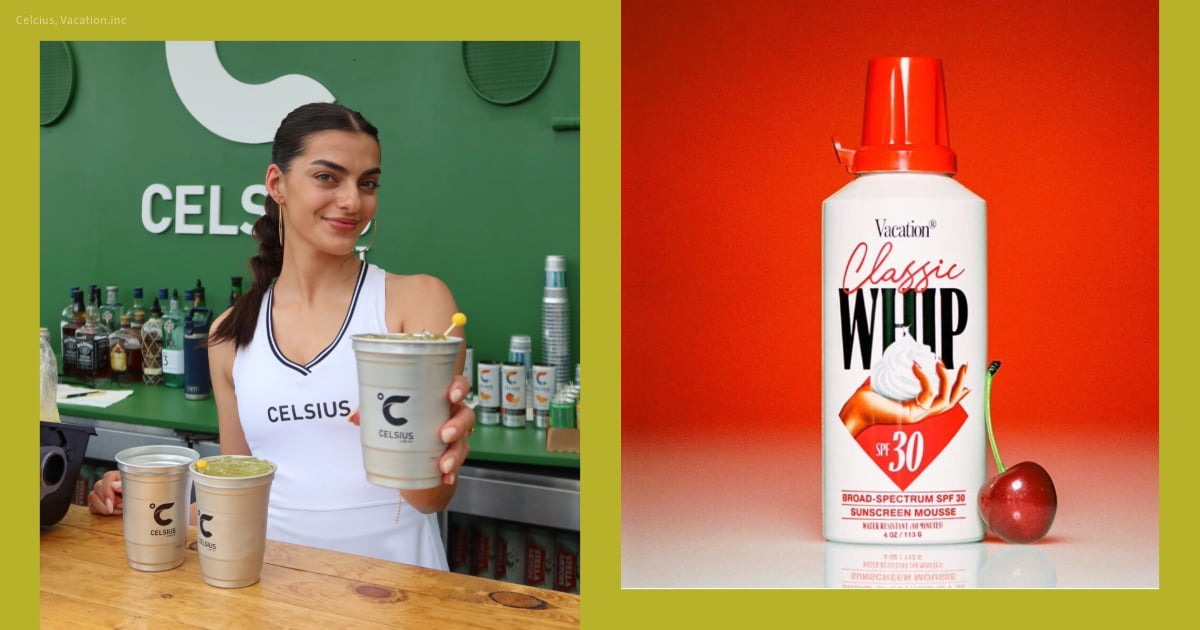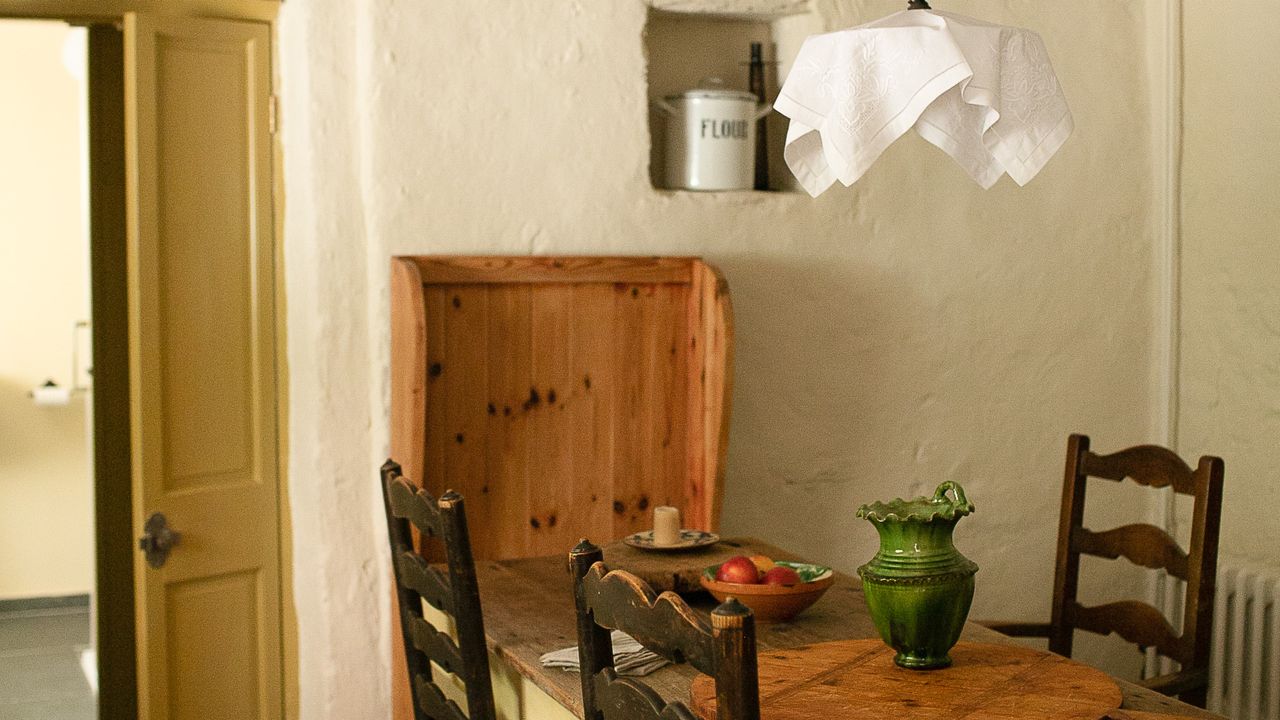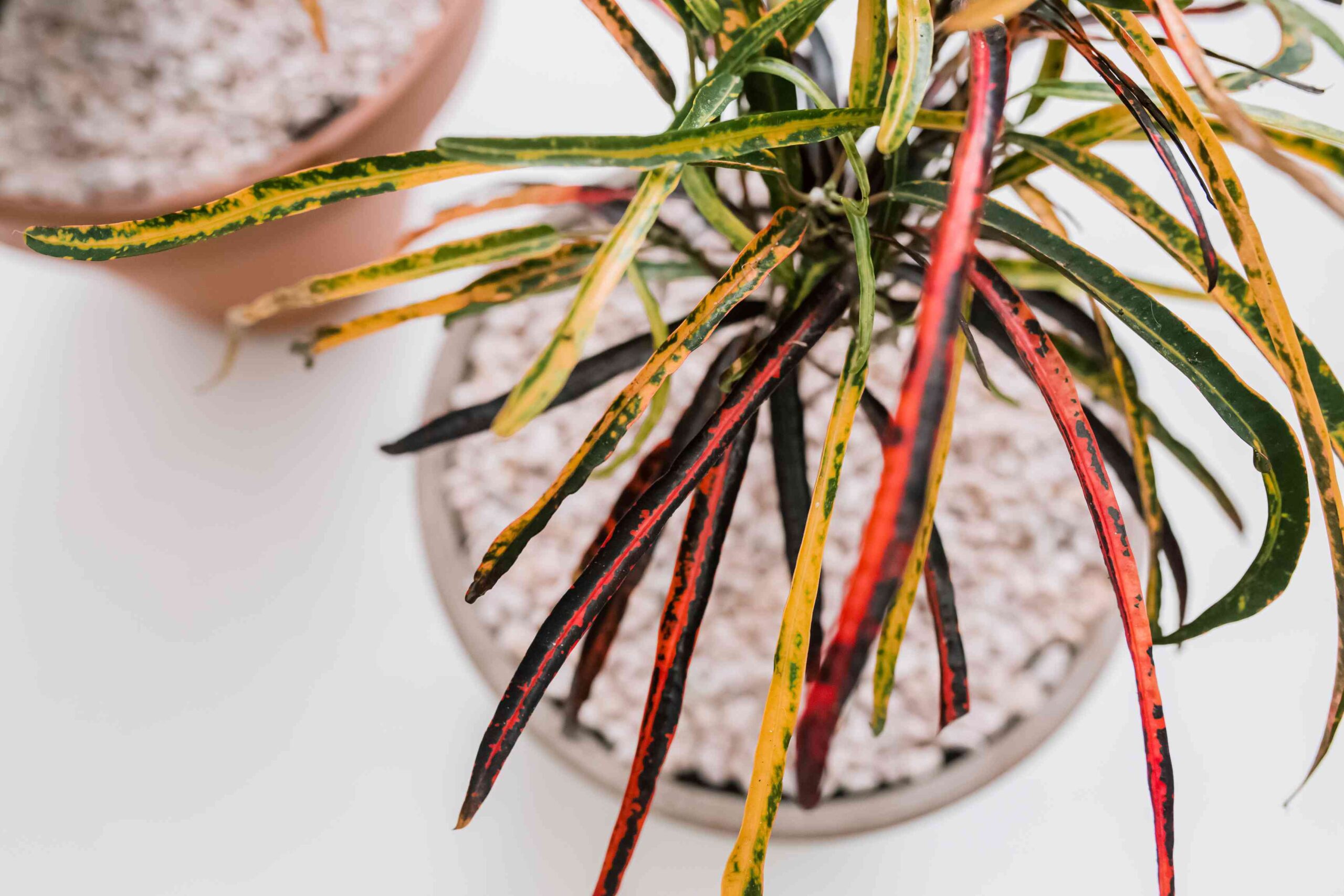
An English woman’s guide to surviving a damp English winter
Lots of people have self-imposed work uniforms; they’re useful for taking away early morning decision paralysis. For about four months of the year, mine consists of sheepskin-lined boots, coat and hat, layered over combinations of thermals and near-antique woollens – which only seems excessive when I explain that my job is very much of the indoor variety. The issue is that ‘indoors’ is an ill-insulated Victorian terrace on the East Sussex coast where the temperature of my study typically hovers around 12 degrees, unless we’re having a cold snap, whereupon it drops further. And here I’m far from alone: the artist Phoebe Dickinson and her husband Luke Rodgers have yet to get through a winter in their house without the pipes freezing and bursting, meaning there’s neither heating nor hot water until it’s fixed. Moreover, until very recently, every time it rained a lake formed in their dining room. Phoebe’s 10th wedding anniversary present from Luke was “a hideous – but amazing – battery-powered heated gilet.”
You might think that interior designers would manage to avoid such material inconvenience, but Chloe Willis, associate director at Sibyl Colefax & John Fowler reports that in her house, “rotten, single glazed sash windows lead to a healthy breeze indoors, while the radiators groan but fail to reach the top of the house.” Lucinda Griffith describes her previous Welsh cottage as “renamed ‘Seldom Warm’ by my friends, and perennially damp. One evening, when sitting on the sofa, all the plates that I had hung on the wall slid off. The disc hangers that they were held up with had soaked through and come unstuck.” Then there’s Daniel Slowik and Benedict Foley’s Dedham Vale cottage, which floods every time the River Stour rises.
It’s a situation we’re renowned for: even in the fantasy that is Nancy Meyers’s The Holiday, Cameron Diaz shivers in tonal cashmere at Rosehill Cottage. Nonetheless, it can surprise those who didn’t grow up in such circumstances. Brandon Schubert, who was born and raised in Texas, reveals that he’d never actually seen a hot-water bottle until he moved to the UK. “When I first climbed into the Tudor-style four poster in the guest room of my now in-laws’ house in Devon, I jumped in fright at the hot objects nestled down in the sheets.” Since, he’s learnt to wear wool socks regularly, “especially when visiting older houses. If your feet are warm, then your body will be too,” and says that he finally understands the British obsession with all-day tea drinking – “there’s nothing that warms you up faster.” But how did it get to the point where oft-visited topics of conversation include best dehumidifier practice, and maintaining fingertip circulation (of which more, later)?
A major contributing factor is, of course, Britain’s cold, damp climate – but a host of neighbouring countries suffer the same, and their homes don’t quite so universally reflect it. However, in our good fortune to have experienced less damage to our infrastructure during the First and Second World Wars, we have the oldest housing stock in Europe. Happily (or unhappily, depending on your perspective) there exist offices dedicated to preserving the original fabric of these buildings. This includes refusing planning permission for various attempts at insulation – and thus the current cost of fuel renders radiators an exercise in futile extravagance. But even our newbuilds aren’t immune; in terms of square footage, they are some of the smallest in Europe – roughly half the size of an American newbuild – and crucially, come with an almost ubiquitous dearth of specially ventilated drying rooms for laundry.
And yet the situation isn’t wholly universal: “our house in London is well insulated and draft-proofed, with nice underfloor heating to keep things warm, and I wouldn’t suggest for a minute that we’d want it any other way,” says Brandon. Which suggests that the final reason some of us live as we do is because we choose to – or at least, we don’t choose not to.











